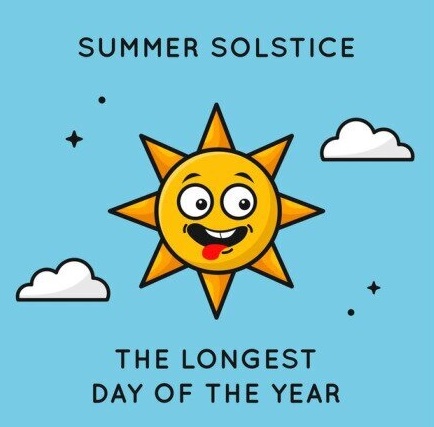by Donald A.G. Burling

It was the Babylonians, we are told, who first divided the circle into 360 degrees, approximating to the number of days in a solar year. The word approximating illustrates the fact that hardly anything in our world works out exactly right.
Our modern sextants, chronometers and other measuring devices help us to determine accurately such dates as the summer solstice, the day when the sun reaches its highest point above the horizon. This usually occurs on June 21st, and was evidently known to the ancients such as the builders of Stonehenge.
The town of Syene in Egypt had a deep well where it was noted that at or near the solstice the sun could for a brief time be seen reflected. This meant it must be directly overhead. A third century Greek philosopher named Eratosthenes concluded that if one measured the altitude of the sun at his home in Alexandria at the same time as it could be seen overhead at Syene and then measured the distance between his home and the well, one would have a basis for estimating the circumference of the earth. His calculation proved so close to what we now know to be the correct figure to arouse suspicion.
God’s calculations may involve billions of light years, but we can be sure they will be accurate enough to achieve His purpose. Think of the factors to be balanced in designing a world capable of supporting not only life but anything so complex as human life.